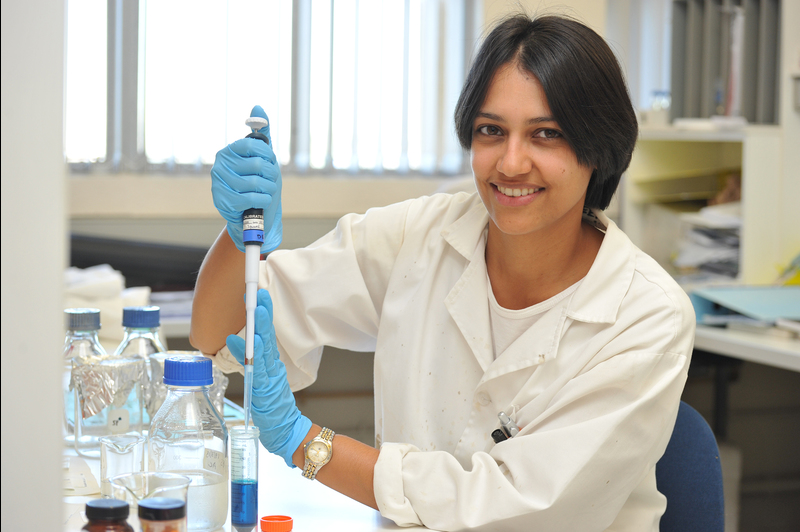Ballim feasts on science with Nobel laureates in Japan
13 May 2013
It's rare that a researcher gets to ask questions directly of a Nobel laureate.
For UCT's Dr Reyna Ballim, the 5th HOPE meeting in Tokyo, Japan, provided a scientific feast; the meeting hosted seven laureates (from between 1973 and 2008), in chemistry, physics and physiology or medicine. And all were accessible to the 100 or so researchers, a gathering of the top young doctoral students from the developing countries in the Asia-Pacific region. This includes Israel and Egypt - and, for the first time, also South Africa
The HOPE meetings, with the theme 'hope for the future', are organised by the Japanese Society for the Promotion of Science. Besides offering networking opportunities, the meetings with Nobel laureates are designed to encourage young scientists to push scientific boundaries. This mentorship role is seen as an important building block in a strong, creative scientific and technological tradition.
Ballim was able to listen to laureates' personal stories and ask questions about their research careers, and about the environments and contexts that turned them into pioneers.
A postdoctoral research fellow in the Department of Human Biology, Ballim was one of only two researchers selected by the National Research Foundation to represent South Africa at the HOPE meeting. And she did the country proud by also winning a poster award for her research.
Ballim works in Associate Professor Sharon Prince's cancer research laboratory, where she's attempting to identify the crystal structure of a protein known to drive cancer.
"We want to develop chemotherapy drugs that target this protein," said Ballim. "But there's very little information available on its crystal structure."
The first part of Ballim's postdoc is to identify the crystal structure of TBX2, to enable chemists to design drugs that will target this protein specifically. This will be done using X-ray crystallography. The second part of her project is to find target genes of TBX2 that mediate its oncogenic activity. This is important because to date, very few of TBX2's target genes have been described. This part of her project will be done using ChIP sequencing which analyses protein interactions with DNA and identifies the binding sites of DNA-associated proteins.
The work in Ballim's winning poster was published as part of her PhD which explored a different avenue of research - on the TBX3 protein, a transcription factor that plays an important role in regulating gene expression during development. In a study using both cell lines and mouse models, Ballim investigated the regulation of TBX3 by retinoic acid, and demonstrated that this interaction was relevant during embryogenesis. Retinoic acid plays diverse and critical roles in the process of embryonic development.
 This work is licensed under a Creative Commons Attribution-NoDerivatives 4.0 International License.
This work is licensed under a Creative Commons Attribution-NoDerivatives 4.0 International License.
Please view the republishing articles page for more information.









